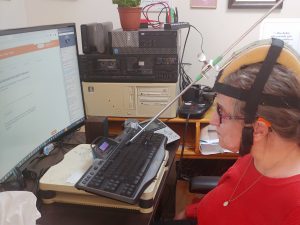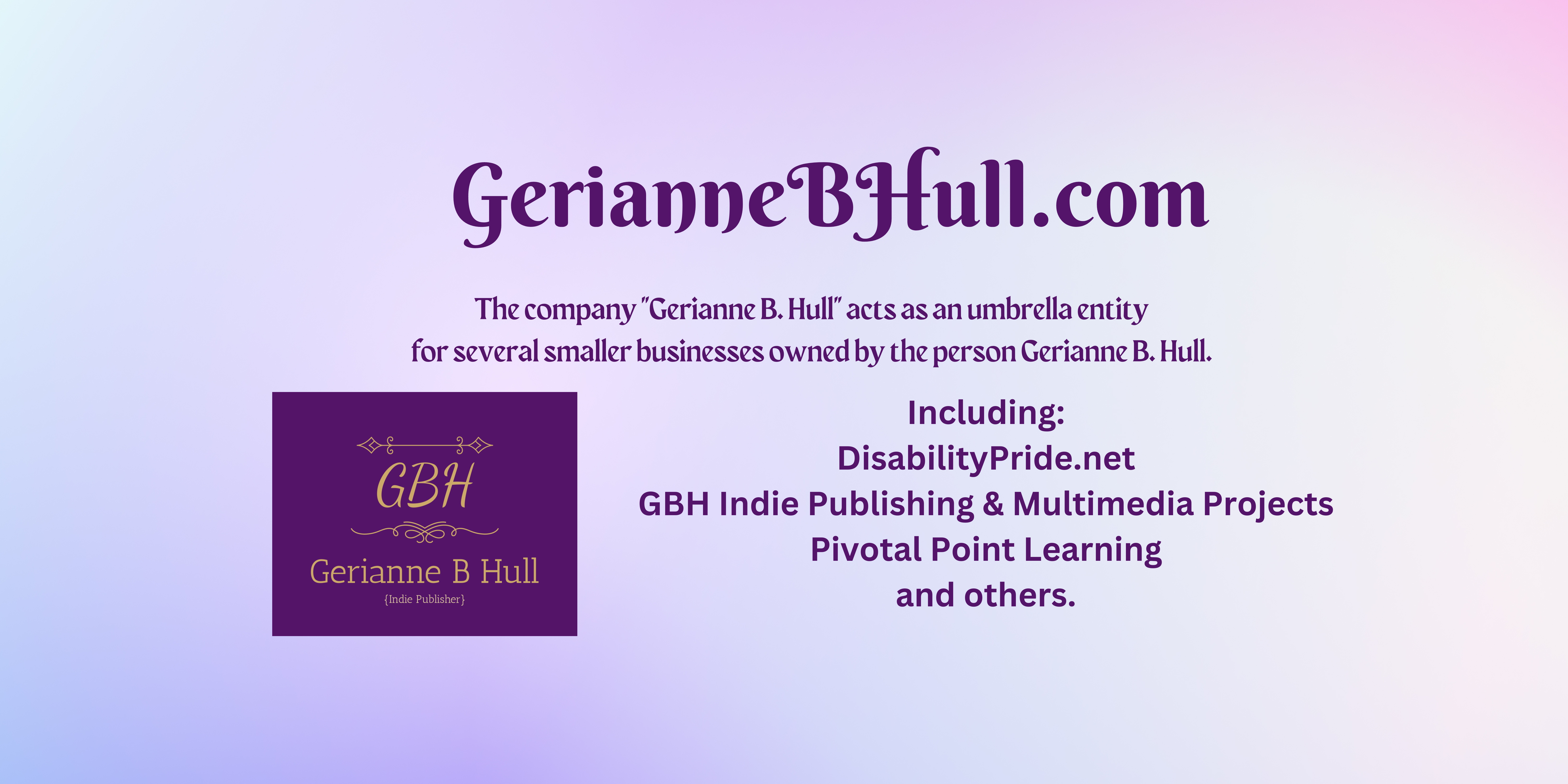[responsivevoice_button voice=”US English Female” buttontext=”Listen to Post”]

When out and about in the “real world” we encounter a number of barriers to accessibility. A step into a store that’s too high for a wheelchair to climb safely, sidewalks closed for construction, signs in the middle of paths making it impossible for a wheelchair, powerchair or stroller to pass, doors without automatic openers, the list goes on…
I tend to think of the internet as a place with fewer barriers to accessibility. Most computer users with mobility issues have figured out adaptations to use their hardware, people who are hard of hearing, Deaf, or deaf have access to closed captions, folks who are vision impaired, blind, or have reading comprehension problems have screen readers, people with writing difficulties have voice to text for typing (which doesn’t work well for people with accents or speech impediments but that’s another story), etc…
But sometimes a barrier crops up that I don’t expect, in a place I never imagined. Gerianne was looking into online banking and came across a prompt for a digital signature. This is a barrier to access for folks who don’t have the dexterity to use a mouse and don’t have a touch-pad connected to their desktops.
We’ve encountered other barriers to access online too and they usually involve proving identity or the “I am not a robot” things. Timed tests for proving you are not a robot are the most common ones we encounter but I’m sure there are more. We do our best to navigate through them but I’m growing more aware of the lack of inclusion in the design process in a space that I thought was truly for everyone.
User experience designers need to be more aware of the barriers their users encounter, the same way designers of physical spaces need to build that awareness. I don’t have a solution for any of these barriers but it is important to make note and call them out when we encounter them so that we can have a more inclusive, accessible experience, online and offline.
Having one “standard” model of human that all of our environments are build around prevents full, equal access. No two bodies or minds have the same abilities and that’s part of what makes the world interesting and fun.
